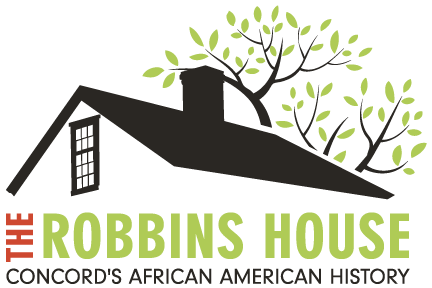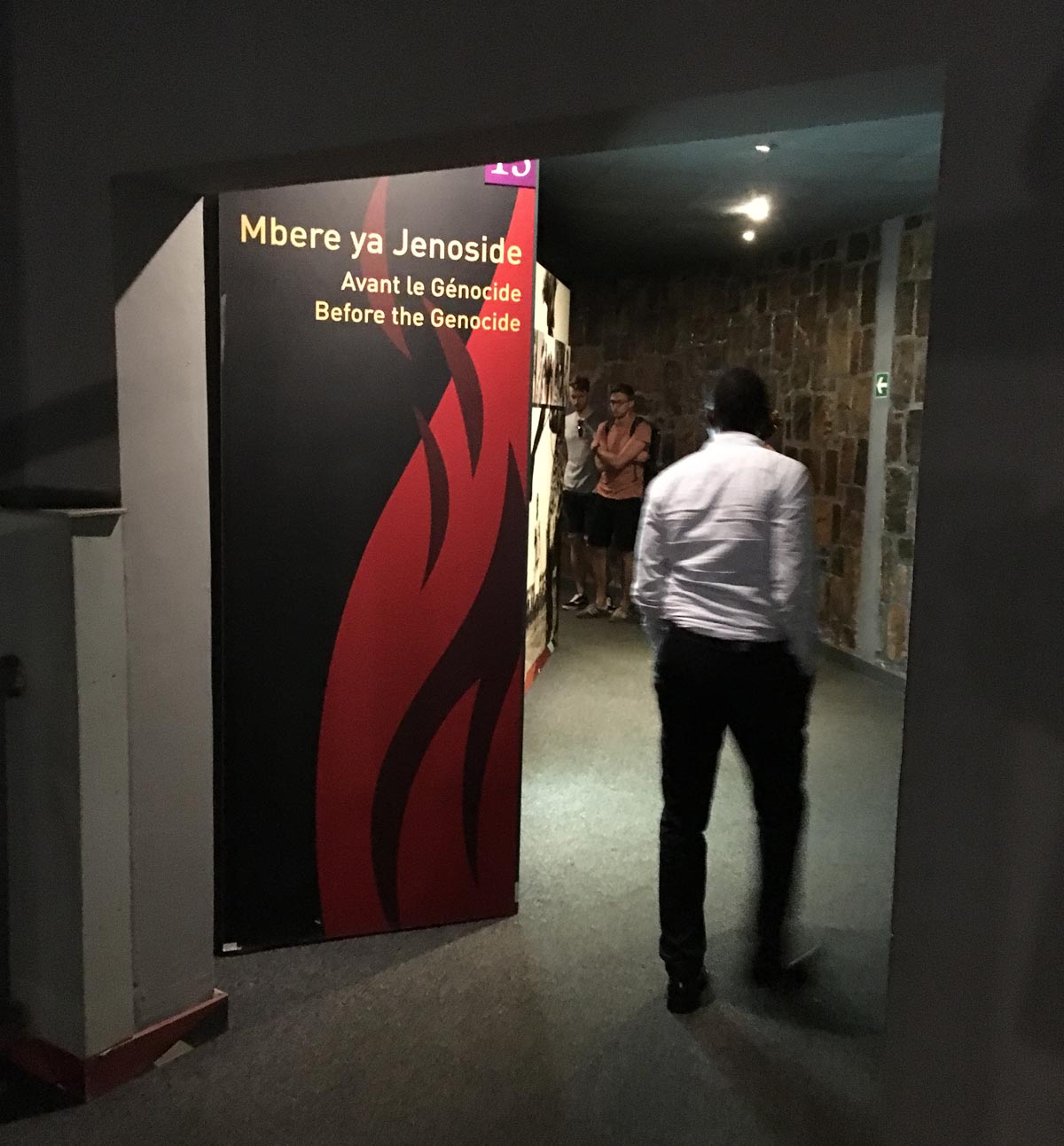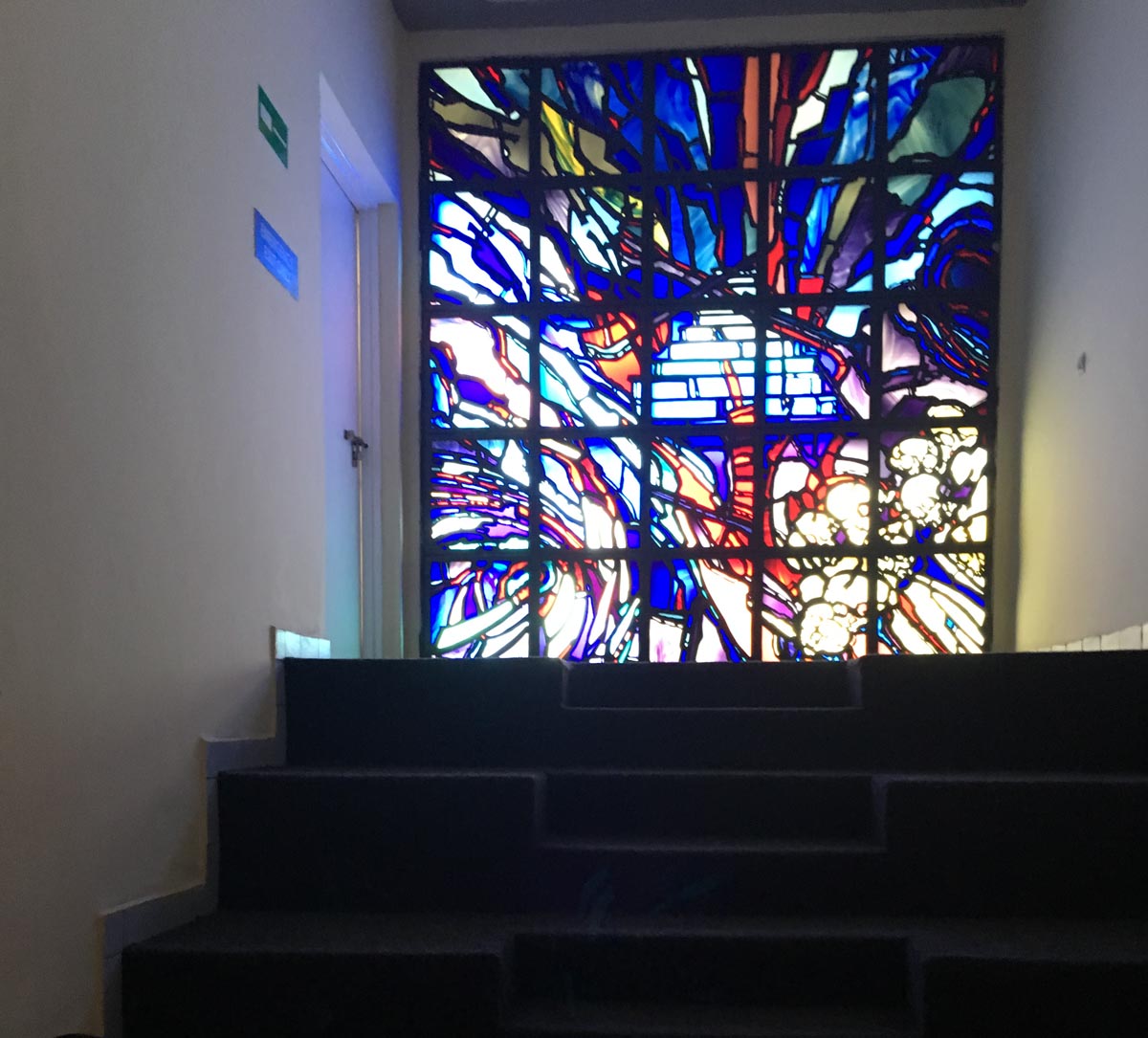The transformative power of place…
The Concord Historical Collaborative coordinates efforts and activities in Concord to present its rich history through diverse educational opportunities and fosters an appreciation and stewardship for Concord’s historical resources.
Many museums and historic sites are engaged in meaningful public service, often pushing us beyond our comfort zones, toward the hard stuff.
Last year I went rock climbing in Joshua Tree National Park. Trepidation hit me as I clutched the rocks like a salamander. With an expert guide yelling, “lift your butt!” and my own curiosity, I clawed my way to the top.
Trepidation hit me again at Rwanda’s Kigali Genocide Memorial (KGM) last week, where I was visiting while on a break from a work assignment. “Genocide” is defined by the 1948 United Nations Convention as “acts committed with intent to destroy, in whole or in part, a national, ethnical, racial or religious group.”
A dread welled up inside, asking why? Why visit this painful history? Similar to dangling on the side of a rock, no one was telling me that I had to experience pain to achieve some deeper appreciation of life.
As I entered the KGM, I was greeted by large text, “Ubuzima,” alongside statues in a circle. Ubuzima is Kinyarwandan for “life” but also means “health,” as if the two are synonymous. In fact, it seems this is the goal of today’s Rwanda with the Presidential decree to “wipe out poverty in 2017” – to transform the country to a level of cleanliness modeled after, and in partnership with, Singapore. The country presents a public face of transformation through remembrance and radical cleanliness. So “Ubuzima” seems a fitting starting point to the KGM, which hosts the annual assembly of citizens sharing their stories, regardless of which side they were on in 1994 when over 800,000 people were killed in the Rwandan genocide in 100 days.
After the greeting of Ubuzima, the journey gets more complicated. As you wind your way through the dark hallway’s “passages of history,” you begin with the stories “Before the Genocide” and “Our Rwanda,” reminders of the centuries of peace among a multiethnic population living side by side. That was before 1994….
Next the KGM exhibits focus on the impact of colonialism, the introduction of eugenics by the occupying powers, theories full of pseudoscience pitting ethnicities against each other. The result of this imposed ignorance and fracturing is captured in the remaining two-thirds of the KGM. The long, winding hallway captures the ethnic cleansing encouraged by the Belgian colonialists, followed by civil war, then the “Path to a Final Solution,” genocide and atrocities against children, women, and men, in churches, schools, and streets, and into the throngs of papyrus hideouts. Graves surround the exterior of the building. With no place to hide, millions were tortured, murdered, or worse, while the world paid scant attention. Official cables to UN Headquarters in New York asking for help went unanswered. By the end it was estimated that over two-thirds of the population of Rwanda was displaced, fleeing out of guilt, fear or confusion, or held hostage. “The Refugee Crisis,” tribunals, and societal remembrance continue today.
“I used to hear that [one of the Rwandan tribes] were the cause of the genocide. But after learning and discussing, I decided that what I had heard was not true. Now I look for my own truth.”
—Callixte, Peace Dialogue Club, Ecole Secondaire, Rwanda
The final passage at KGM, through the children’s room, states, “We will never forget these innocent lives that were taken. They died because they lacked a peaceful society in which to grow and flourish. We, who were also children then and have our own children now, must ask ourselves, ‘‘What kind of Rwanda do we want for our children?’’ Whatever we do, whatever sadness we have, whatever anger we have, we must promote peace.”
In this age of “fake news,” museums and historic places can help us find truths. What we do with that knowledge is truly an open and important question.
By Maria Madison, president and founder, The Robbins House – Concord’s African American History











